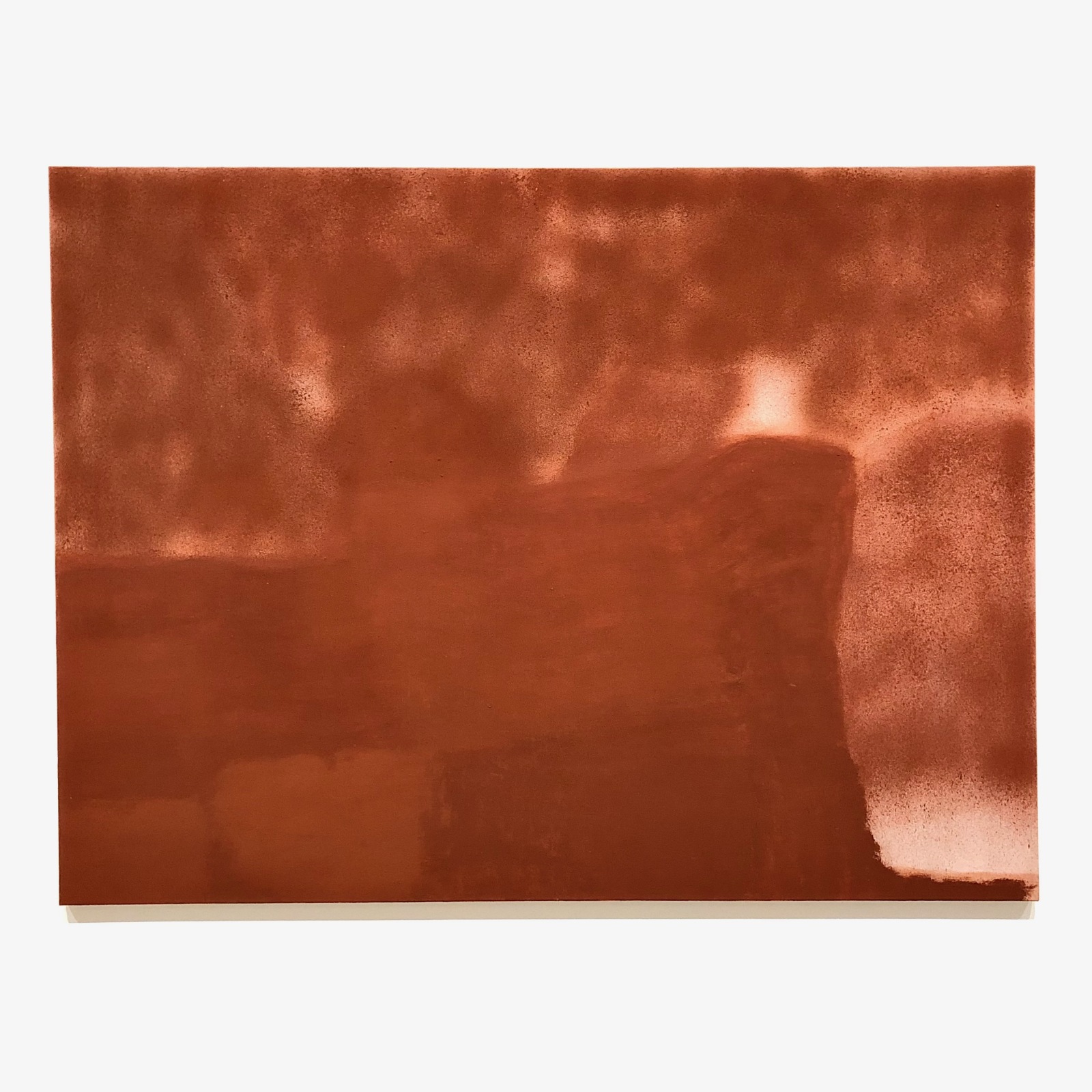Submitted Review
A Year in Art: Australia 1992
‘catastrophic impact of dispossession and discrimination.’
An overtly political artistic account of the catastrophic impact of dispossession and discrimination against Aboriginal and Torres Strait Islander People, A Year in Art: Australia 1992 presents works by Australian artists that focus on the debate about the land rights of First Nations People and highlights the legacies of colonialism in Australia.
On 3rd of June 1992 the Australian High Court overturned the legal principle of terra nullius, or nobody’s land in Latin, which was used as a justification for British colonial occupation. The ruling also known as the Mabo decision is eponymous with Eddie Koiki Mabo, an activist and the lead plaintiff in the ten-year legal battle. The landmark decision was a major step towards an official acknowledgement of First Nation People’s prior occupation and connection to the land.
In contrast to the predominant Western view of land as private property, to Aboriginal and Torres Strait Islander People the Land is more than just a geographical location or a resource, it is a concept ingrained in culture, social and spiritual connections.
Located in the centre of the exhibition, The Founding of Australia 1788 1937 by Algernon Talmage captures the moment royal marines raise a cheer as the Union Jack is erected. The presence of this work in the exhibition is just as foreign as Captain Cook’s first landing in Sydney Cove. Directly opposite is Gordon Bennett’s Possession Island (Abstraction) 1991, a painting overlaid on top of the original 19th century etching also portraying Captain Cook’s triumphant “discovery” of the Australian continent. Bennet’s work invites reconsideration to the scene through the superimposed abstract blocks in the colours of the Aboriginal flag that cover up a black man holding a drinks tray.
There is an ongoing tension and discomfort that intensifies throughout the exhibition – from Vernon Ah Kee’s tall man 2010, featuring heartrending footage from the Palm Island protest of 2004 that erupted after a local Mulrunji Doomadgee died in police custody, to Dale Harding’s The Leap/Watershed 2017 taking its title from a rock formation in Mackay region where around 200 Aboriginal people were forced to jump off a cliff to escape the police in 1867.
Eerie images from Tracey Moffat’s Up in the Sky 1997 capture desolate scenes in Outback Australia, echoing the haunting legacy of the Stolen Generation forced assimilation policies.
Peter Kennedy’s and John Hugh’s On Sacred Land 1983-84 and Bonita Ely’s Jabiluka UO2 1979 give the exhibition yet another angle that raise concerns about the environmental issues surrounding the mining of sacred sights.
The exhibition ends with two large scale works by Helen Johnson Seat of Power 2016 and Bad Debt 2016, it epitomises the colonial inheritances from British Empire and brings it back to the speakers chair at Westminster. Johnson as a non-indigenous Australian questions her own identity and the on-going relationship between Britain and Australia.
J.R
Jonathan Roson
The exhibition will continue to Spring 2022 (Northern hemisphere season).
Installation images include:
1. Gordon Bennett, Possession Island (Abstraction), 1991.
4. Dale Harding, The Leap/Watershed, 2017.
5. Tracey Moffatt, [no title] series, 1997.
6. Vernon Ah Kee, tall man, 2010.
7. Helen Johnson, Bad Debt, 2016.










No Comments